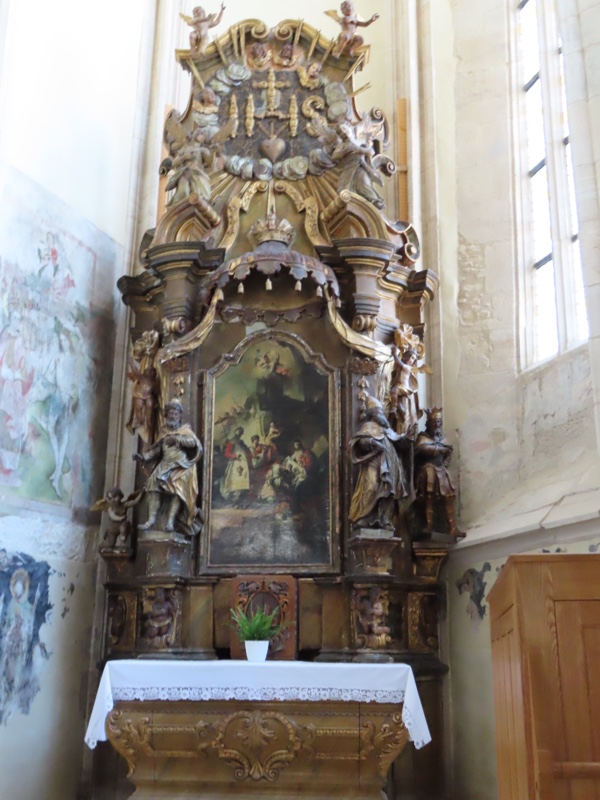I slept like a dead thing last night – was much needed and much appreciated. Work travel is all good and well, but when the work back home (or in this case, in the Middle East) keeps going and you’re on even more unusual time zones that you’re accustomed to, it just creates different challenges.
We were up early hoping to see a few things in the morning so we could be back to work this afternoon. First up was the obligatory canal boat ride, to see a bit of the city from the waterways. Apparently 8 million people visited Bruges last year and it sounds like nearly all of them did the short boat trip on the canal which takes little over 30 minutes.

What a glorious day! Saint John Nepomuk, patron saint of boatmen, bridges, priests and all men who have something in common on the water.

Gruuthuse Palace named for the wealthiest family in Bruges in the 15thC.

The Djiver Marketplace, where markets are held every weekend in the summer.


This is the Spiegelrei (Mirror Quay) and it sits just opposite the Jan Van Eyck square with its statue (c.1878), and the “Poorterloge” with its tower.


Pelikaan (N°8) is a pediment house which features a pelican feeding its children with its own blood. It is the symbol of charity and these houses were created as social housing in the 15thC – they are still social housing, even though tiny houses along those canals are worth upwards of €800k.


The Church of Our Lady dominates the skyline on this side of town – it’s a beautiful building.


Palais du Franc is a former law court, now turned museum… like most of the beautiful old buildings in Bruges.

So the building below is the one that Colin Farrel jumped out of in the movie, ‘In Bruges’, which is part of the same hotel we are staying it… you can see our hotel window in this picture – it is the left window of the two with the white painted frames, just to the right of the shot. It’s a great little spot, with fantastic restaurants just downstairs, music and a great ambiance all round. It’s always nice to choose somewhere to stay and it turns out nicer than you had even hoped.

Every visitor to Bruges seems to come to this little point beside the canal for a now Insta-famous selfie spot.




Gabled rooflines were used as a symbol of seigneurial housing, and became the fashion of the powerful bourgeoisie of the free market towns.



Bricked in windows were also evident along the canals – for those who don’t know, many European countries established a window tax, as a way of taxing the rich, and for some people, they took to bricking up their windows to minimise their tax burden on their windows. It sounds ludicrous, but it’s true. It’s also where the term ‘daylight robbery’ comes from.



Tanner’s House.

Bruges’ swan population have been seen as a symbol of the city’s power and wealth since the 16thC.



After our short boat ride, we made our way to the Church to see the Madonna.

Bruge’s ‘Church of Our Lady’ is a Roman Catholic church dating mainly to the 13th to 15th centuries. It has a 115m tower that remains the tallest structure in Bruges and is apparently the third tallest brickwork* tower in the world (after two in Germany)… *not to be confused with stone work edifices.




The construction of the church is in a high gothic style with flying buttresses, which were constructed in 1270-1280. It has an impressive black and white marble floor throughout and several baroque style chapels emanating from the main nave.




Our Lady of Perpetual Succour.
Philippe Bernaerdt, 1660. Bruges. Oil on canvas.

Confessionals. Jacob Berger and Ludo Hagheman. 1697. Oak.
This heavily ornate row of baroque confessionals is considered one of the most beautiful example of its kind in existence. The figures represent numerous saints – St Jerome, St Augustine, Faith, St John, St Catharine of Alexandria, as well as the Virgin and Child and St Anne and St Peter.


De Baenst Chapel… named after the a prominent Bruges family.


Passion triptych, Bernard of Orley and Marcus Gerards, c1534. Oil on panel.
Charles the Bold, Duke of Burgundy died at Nancy in 1477 and was finally laid to rest here in 1563. This painting was commissioned by his granddaughter, Margaret of Austria for the tomb of her own husband, Philibert II Duke of Savoy. Unfortunately the artist, Orley died before he could complete it and it was instead finished by Marcus Gerards the Elder and was later transferred to this chancel for Charles the Bold. It depicts the crucifixion, and side panels featuring the flagellation, the Way of the Cross, the Harrowing of Hell and the Lamentation. Waste not, want not, I guess.

Blessed Sacrament Chapel, Jean-Baptiste de Bethune. C.1863
*Interestingly, Bethune was the nephew of the then Bishop of the church and scored the job of decorating the sacristy from sheer nepotism. He created this entire space in the English style complete with murals and stained glass. They must have been happy with his work as he scored commissions for two more chapels of stained glass after this one.


Tomb of Mary of Burgundy, createdby Jan Borman and Reiner van Thienen. Gilded and enamelled by Pierre de Beckere. 1490-1502, Bruges.
Mary of Burgundy died after falling from her horse on 27 March, 1482 at the Prinsenhof (Ducal Palace) in Bruges. She was only 25 years old, but had ruled the Low Countries since the death of her father, Charles the Bold in 1477. She specifically requested to be buried in the Church of Our Lady. Her husband, Maximilian of Austria, commissioned this tomb in 1490 in a Gothic design. The side panels show her family tree on both her mother’s and father’s side.



While Charles has lions at his feet, his daughter Mary has two rather stunned looking puppies keeping her company in her skirts.


Coats of Arms of the Knights of the Golden Fleece
Pieter Coustain and Jan Hennecart, 1468, Bruges. Oil on panels.
Above the baroque choir stalls are 30 coats of arms of the prestigious Knights of the Golden Fleece. Philip the Good, Duke of Burgundy founded the order in 1430 on the occasion of his marriage to Isabella of Portugal.


From 8-10th of May 1468, the order held its meeting in this church and Charles the Bold presided over that meeting. Usually, a member of the order was retained for life, but could be expelled for failure to adhere to the rules of the order. Charles the Bold’s nephew, John of Burgundy was at one point, expelled. His coat of arms were painted black and removed from the choir stalls – the reason for his expulsion was said to be heresy and straying from the faith.


Tomb of Charles the Bold.
Worked by Jacques Jonghelinck (c.1558-1562), Bruges.
While the design of this tomb is extremely similar to that of his daughter’s, it was made nearly 70 years later and shows many signs of typical the Renaissance style – the style of his armour etc.



I can’t get over the detail on his garments – the textures applied that represent heavily embroidered clothing suitable for the noble classes and the expensive fabrics they favoured.

I found these two beautiful embroideries just outside the chancel that held the tombs of Charles the Bold and Mary of Burgundy – unfortunately there was no information available on them, and the musuem staff didn’t know much about them either. They are definitely Opus Anglicanum in style (the 3/4 figures and the elongated hands are very typical of that time frame) and the stitch work is definitely congruous with that supposition – but that could mean they are works from as early as the 13thC. Surely, they wouldn’t just be hanging on the wall in regular daylight if they were 700 years old…? Perhaps they are a fairly accomplished but more recent reproductions done in that style. Very curious…
This, second object was also similarly convincing.



The Madonna of Bruges is definitely the highlight of this cathedral. Sculpted by Michelangelo between 1501 to 1504, it is said to be one of the rare few items of his work that left Italy during his lifetime. It is in an usual arrangement for this subject matter – normally the Virgin and Child motif show a pious mother cradling and looking down on her child, but here you see Baby Jee standing unsupported and appearing almost ready to wander off. It has the typical early 16thC High Renaissance pyramid composition style frequently seen in works from the late 1400s onwards.

The Madonna has been removed twice from Belgium, after originally having been purchased by two wealthy cloth merchants (Giovanni and Alessandro Moscheroni) for 100 ducats in 1504… once during the French Revolution in 1794 and citizens of Bruges were ordered to ship it and other valuables to Paris. It was returned after Napoleon’s defeat at Waterloo in 1815. It was again removed in 1944 during WWII, with the retreat of German soldiers who smuggled it into an Austrian salt mine in Altaussee, where it was found a year later. Seems between this beautiful statue and the Ghent Altarpieces, we are inadvertently doing ‘The Monuments Men’ art tour of the Low Countries. It is stunningly beautiful, and most obviously a huge cut above the other statuary in the church.

Procession of the Brotherhood of Our Lady of the Snows. Anton Claeissens. 1575. Oil on panel.
This painting draws inspiration from the 4thC legend that Mary is said to have caused a miraculous snowfall on Mount Esquiline, one of the Seven Hills of Rome, in the middle of summer. She wanted to indicate that a church should be built for her on that spot, apparently.

This beautiful little random fresco on the actual wall of the church didn’t have any description accompanying it… but I was quite enamoured with the delicate calligraphy and how well preserved the colours were.





Popping back out into the daylight after the somber shuffling inside a cathedral/musuem like this, can often be a bit jarring. Bruges has certainly turned on a beautiful day for us and we wandered around town for a while checking out the architecture and of course, the famous belfry.
Oddly enough, at 83m high and 366 tiny winding steps, I shan’t be climbing it with this fooked knee of mine. All good, just means it stays on my list and I’ll have to come back. Maybe I’ll see if Mr K wants to climb it tomorrow. 

Bruges has more chocolate shops than I have EVER seen in my life. There must be over 50 of them within a 500m radius of our hotel, they are everywhere.


We walked around behind the belfry to hunt for a more out of the way, quite spot for lunch. Everything here is at full on tourist prices, which I don’t mind so much, so long as you’re also able to get something quality for your Euro. We are skipping dinner tonight, so a decent lunch is the plan.

We found a nice cafe called Tompouce – Mr K was exceedingly happy with his large blonde beer that came out in a glass almost as big as his head.

Flemish stew – rich and delicious gravy with slow cooked beef.

Beef meatballs in a tomato sauce with mashed potatoes. There – dinner is done!

After our meal, we wandered around a bit, taking more pics of the architecture and searching out the hidden little nooks and crannies of the back streets. Bruges is super pretty and being a medieval town, it’s a rabbit warren of little treasures around every corner.


Ah, these pics are for Angus – he said he wanted me to bring back Belgian chocolates for him – but tbh, I woudln’t know where to start! I don’t really eat chocolate myself, and there is so many varieties on offer, it’s kinda overwhelming to try and choose something… plus, who asks for a gift from overseas that is 1) perishable, and 2) cost by the 100gms?! Doesn’t he know I have a luggage allowance to consider! 








I finally found the perfect chocolate present… though I dare say these aren’t the same quality as the fancy truffles above.

I also stumbled into a tapestry shop, Mille Fleur’s Tapestries, which contained all locally woven products… so many beautiful things in here, though I didn’t allow myself to get too far into the back of the shop where the obviously large and impressive pieces were. Instead, In content myself with a small Cushion Agenda… I found two fabulous designs based on the Bayeaux Tapestry, which of course, Mr K had absolutely no Cushion Opinon on, and so I have bought a couple for our media room at home. There were even Mondrian designs for BigSal, but I resisted… this time.









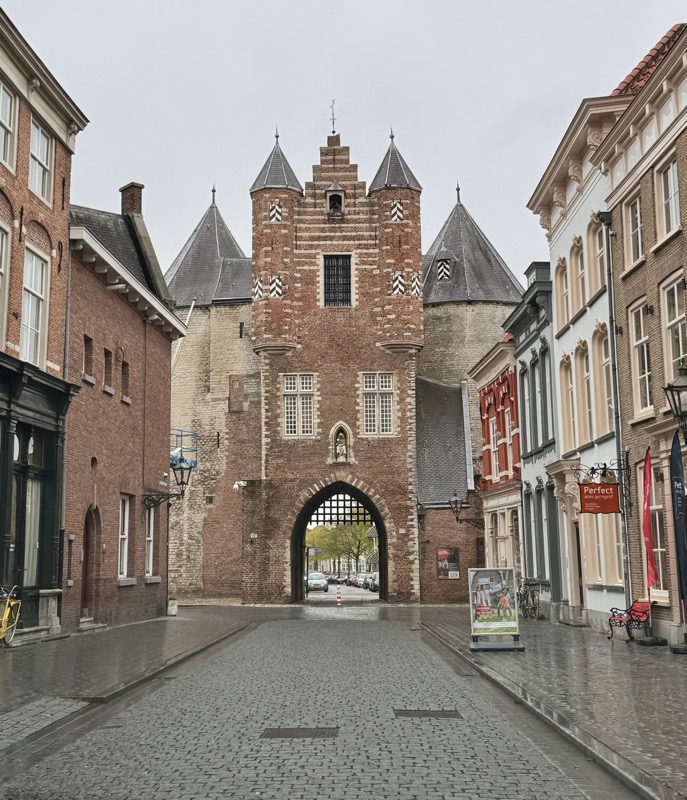









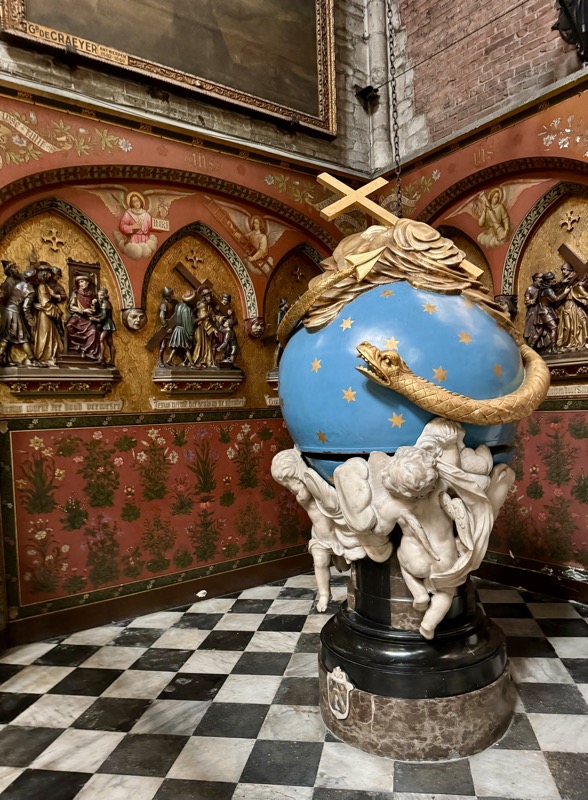








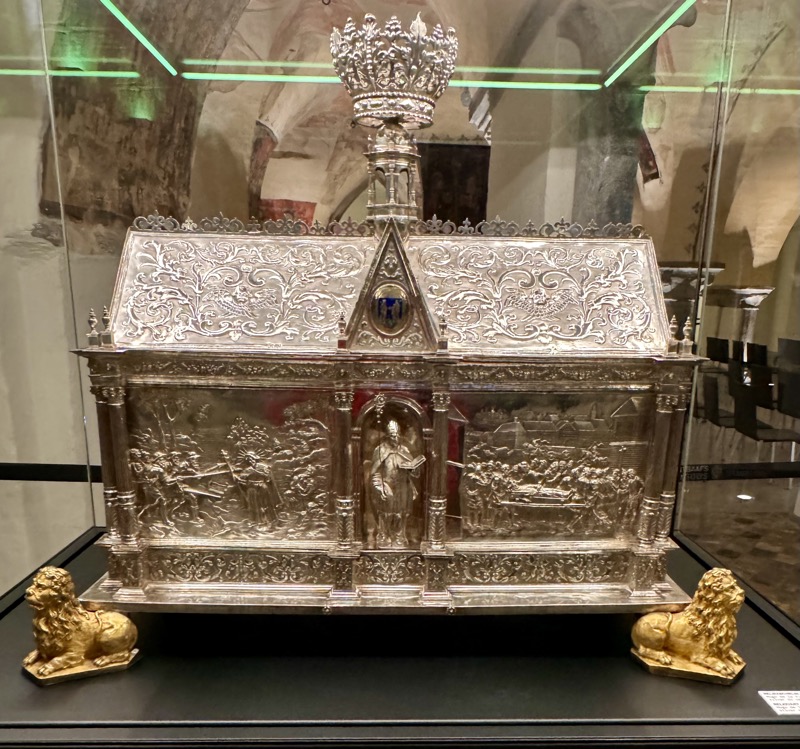




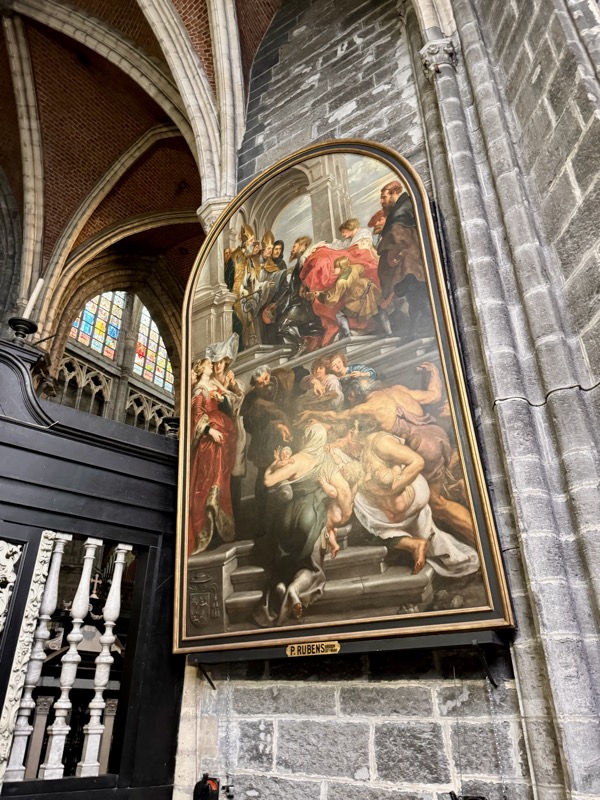








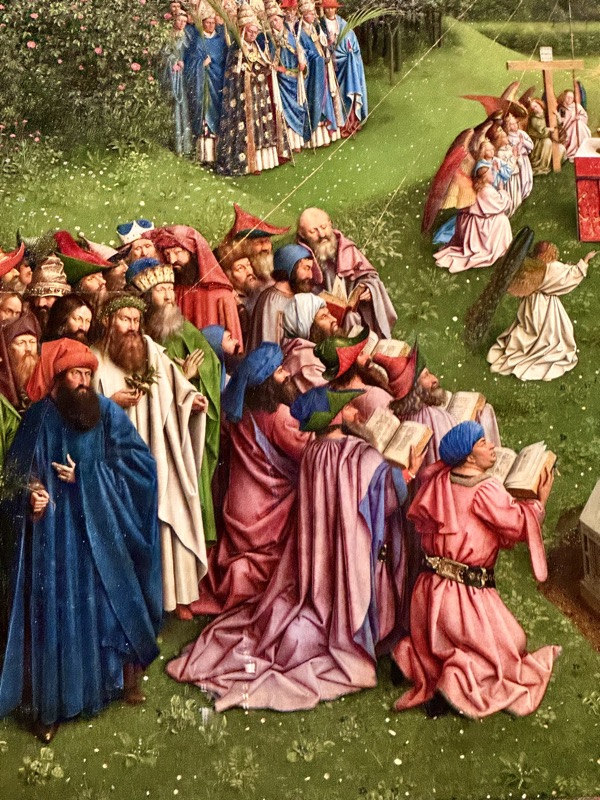




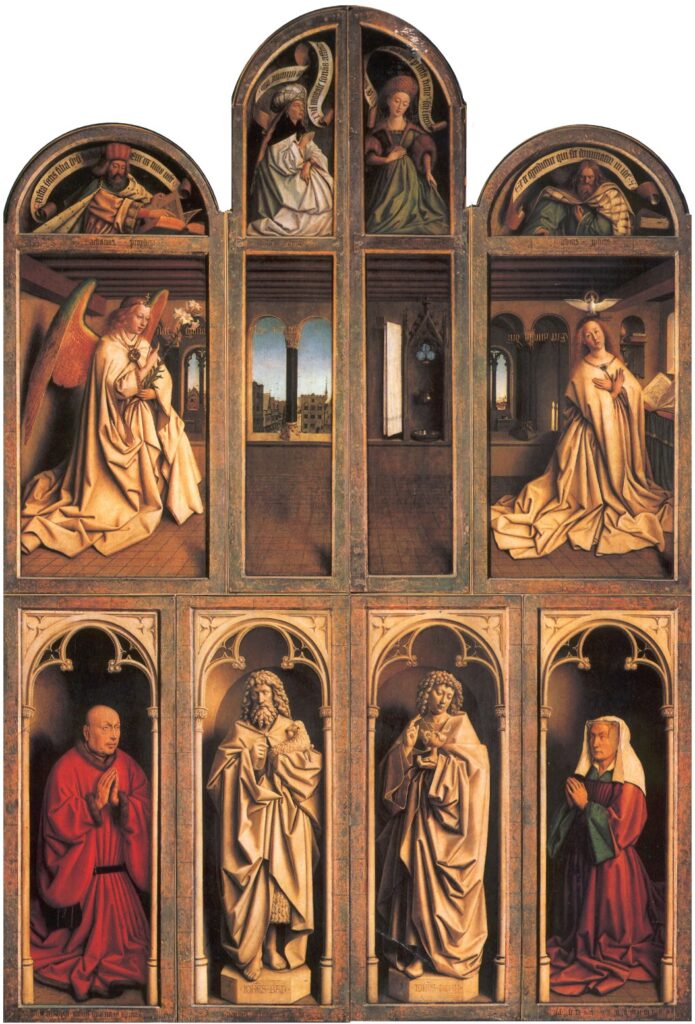














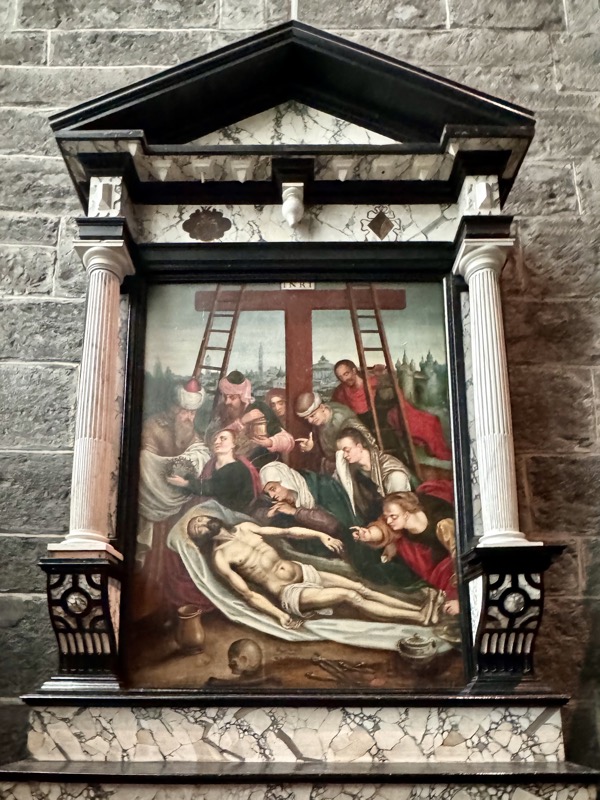








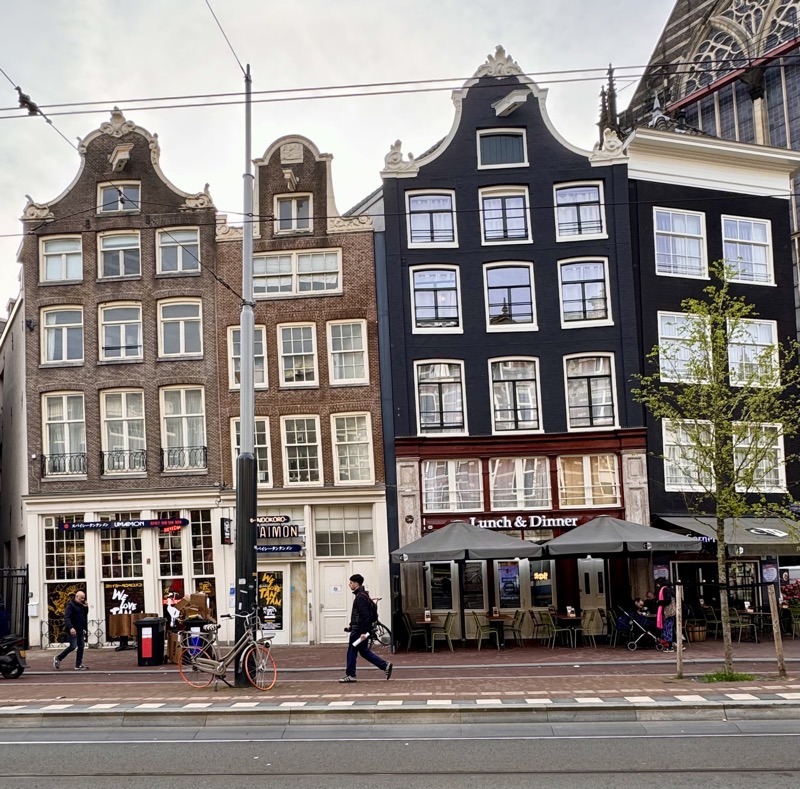
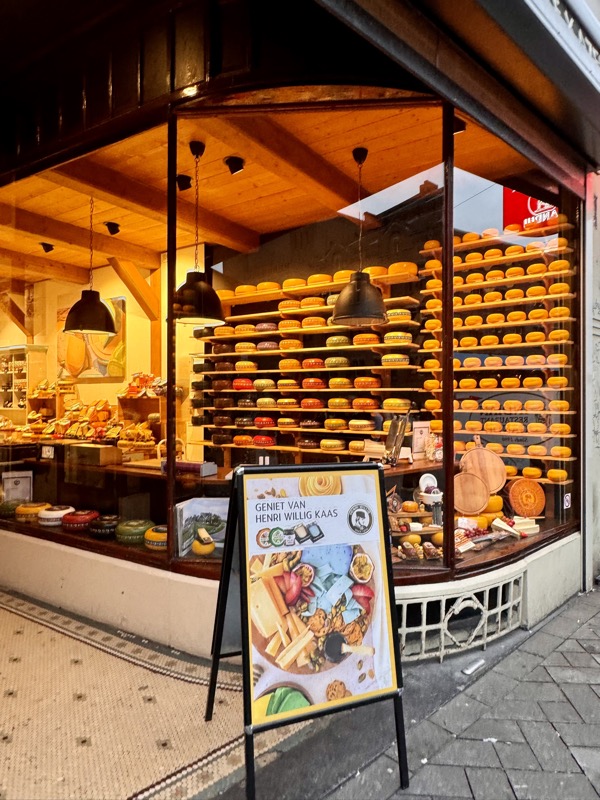












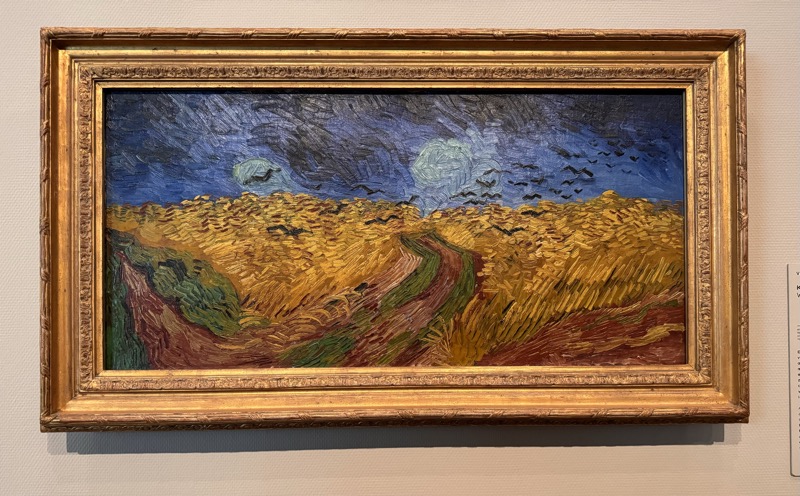
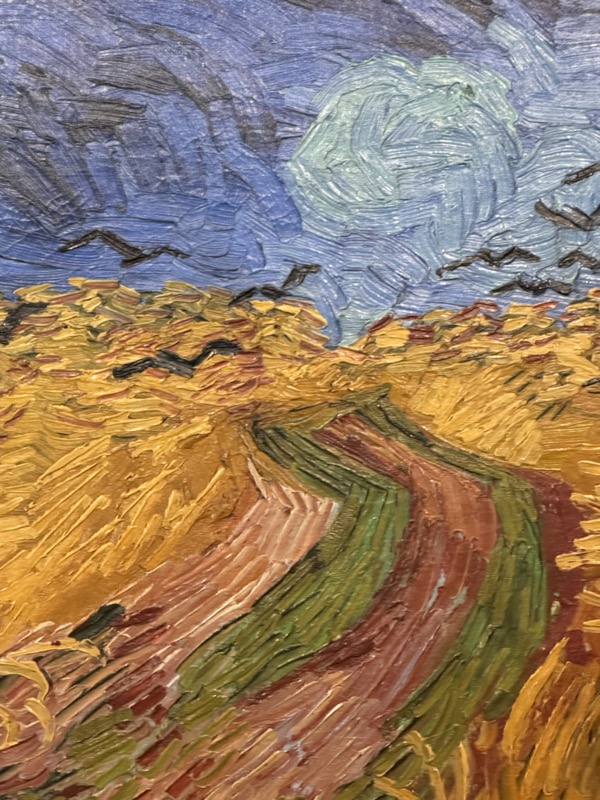



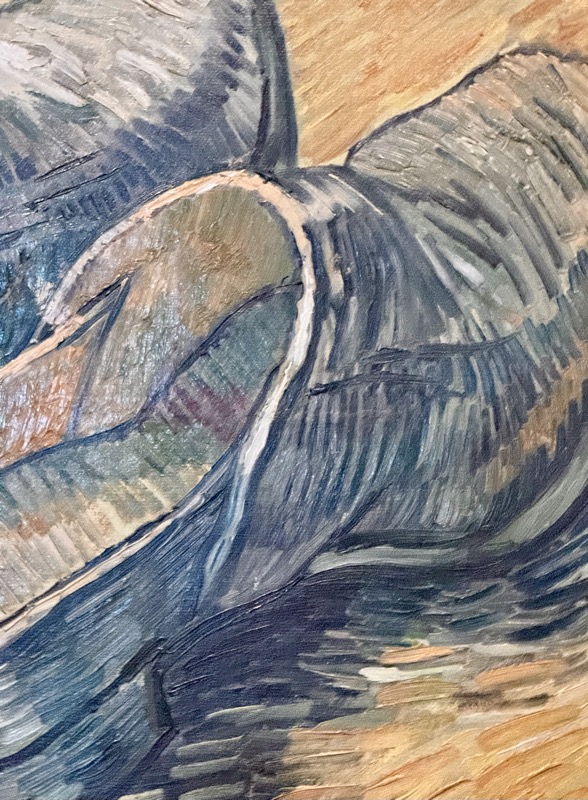


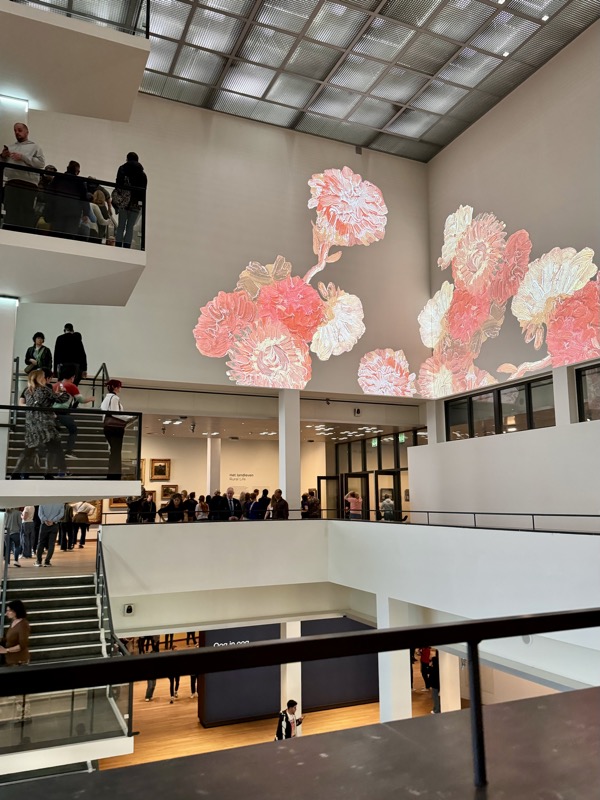










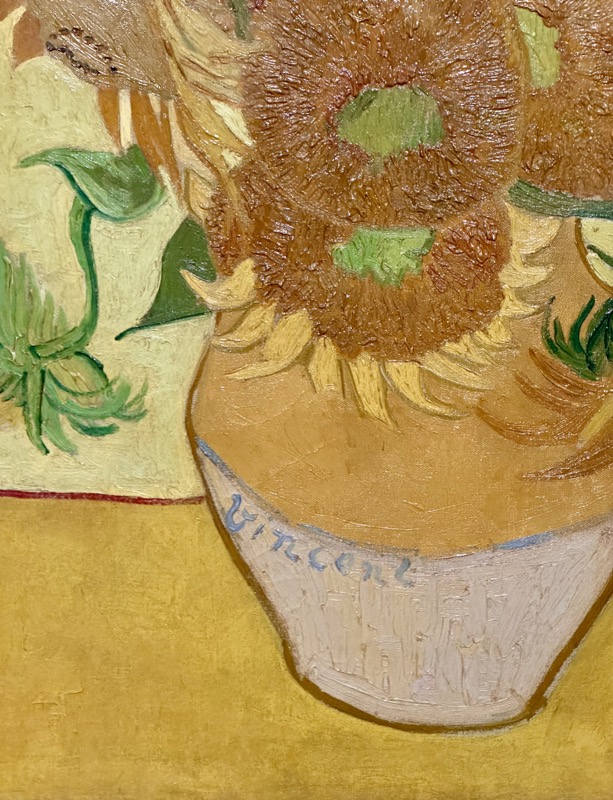


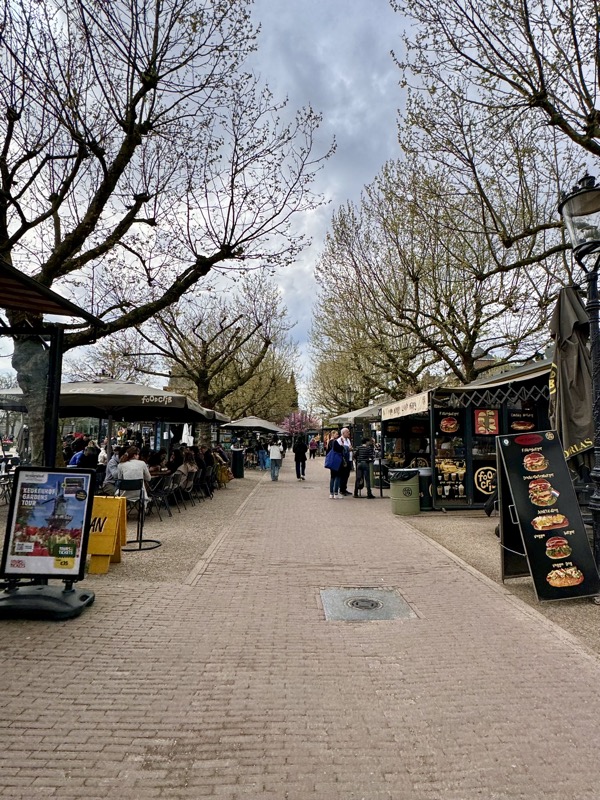



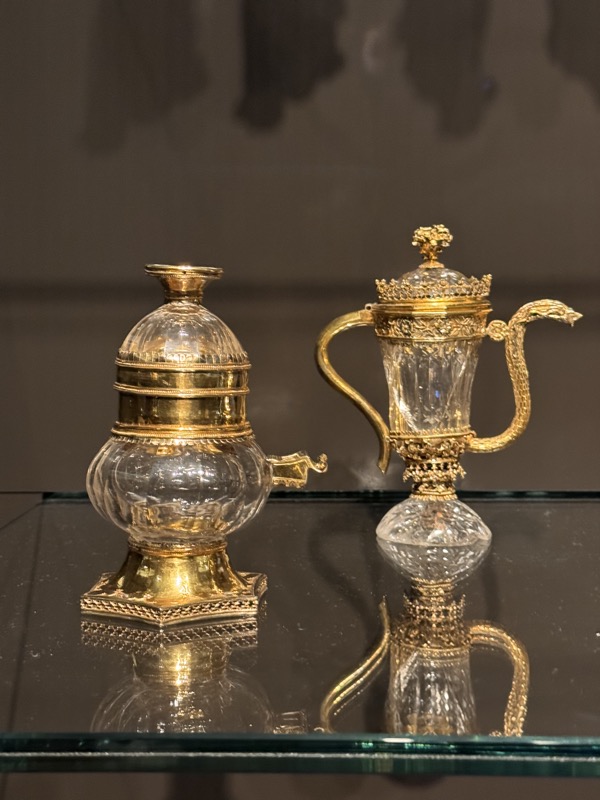


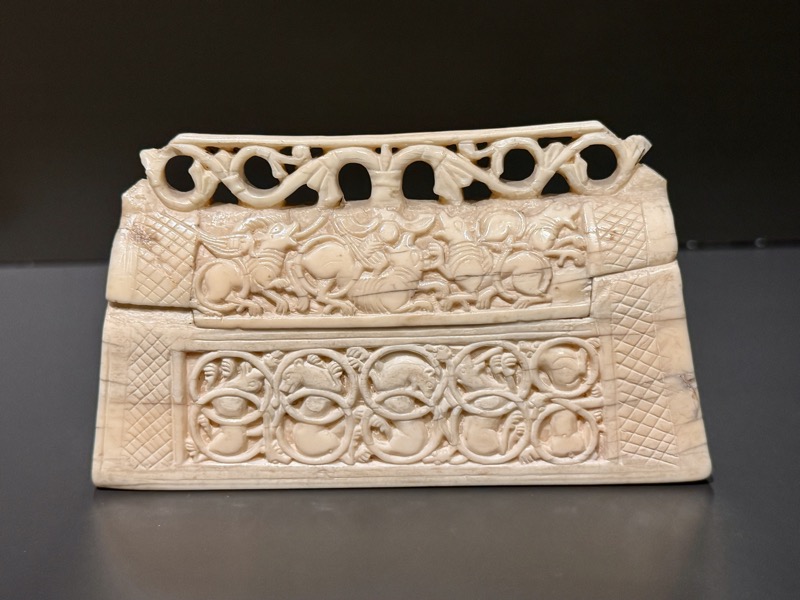


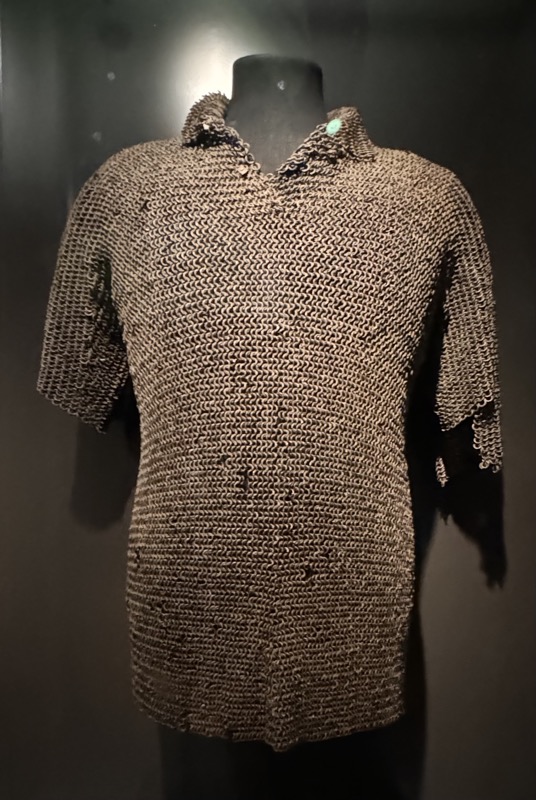










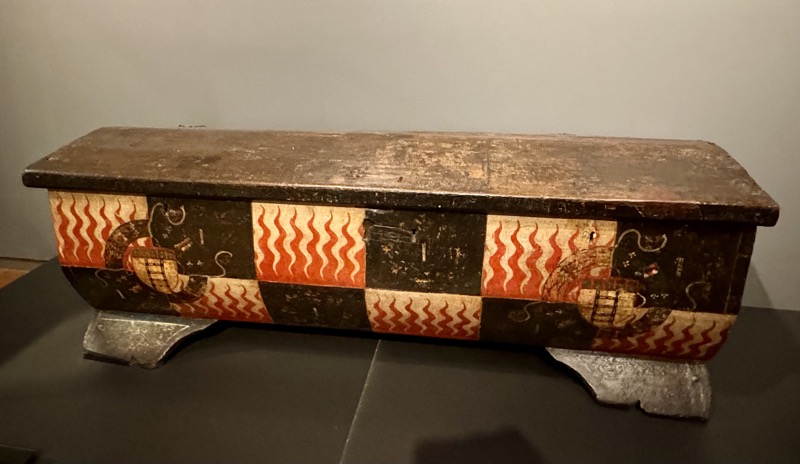




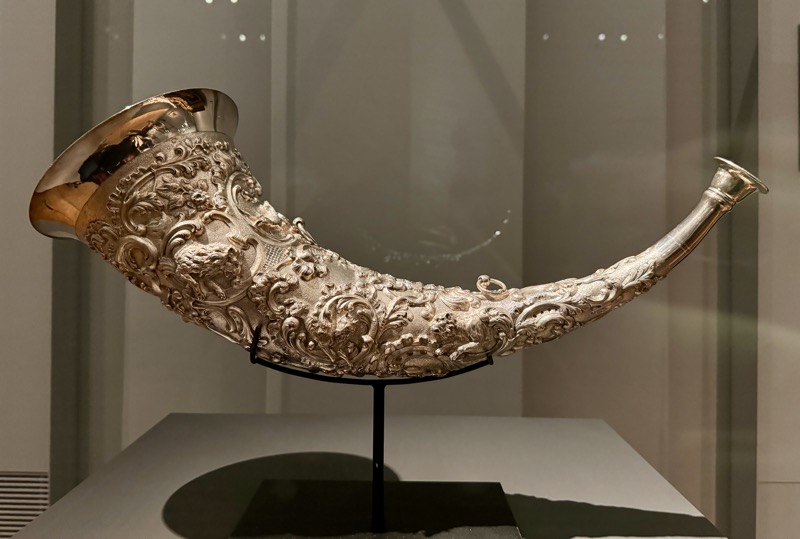

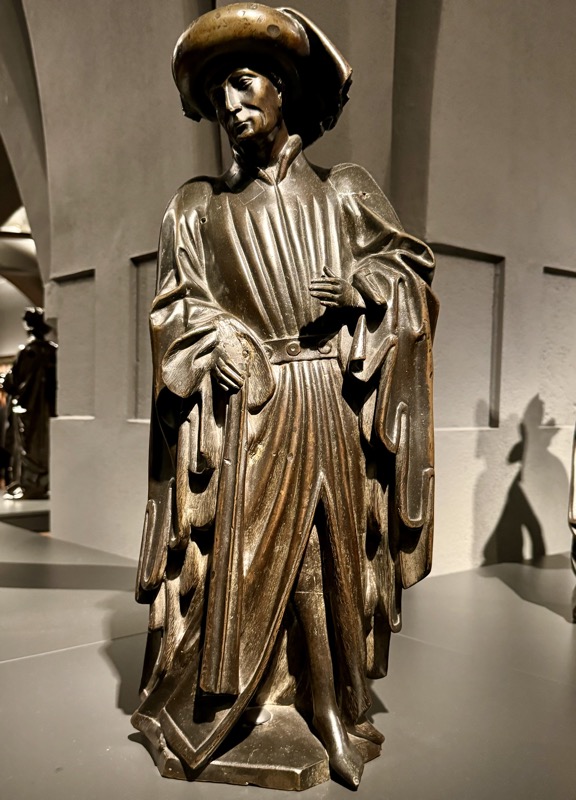




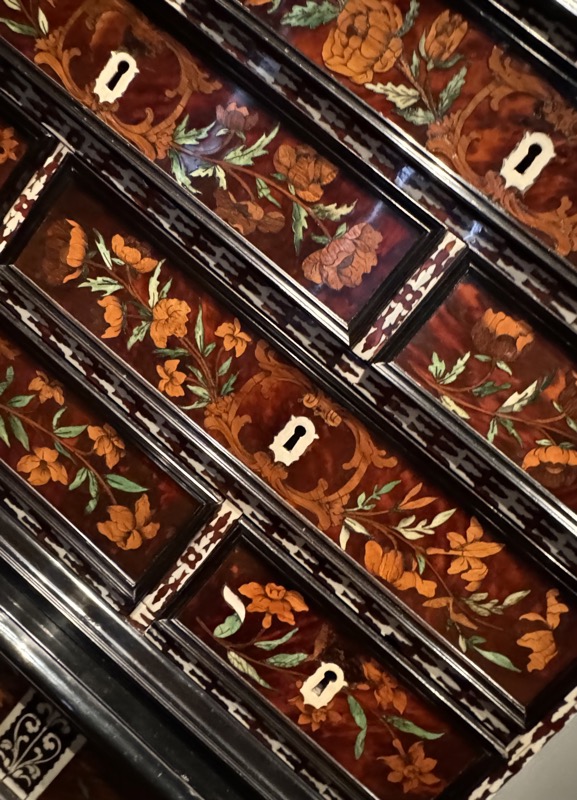










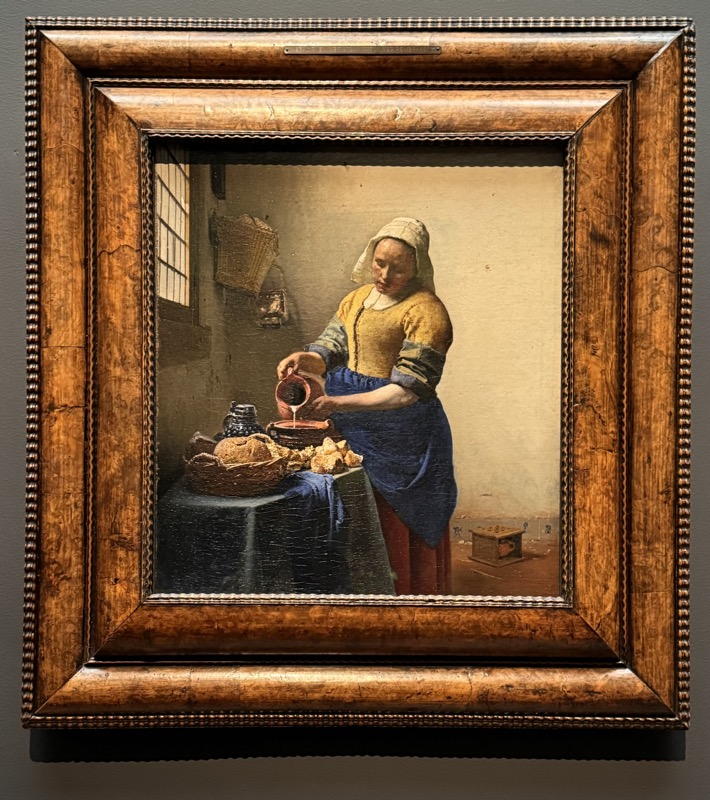

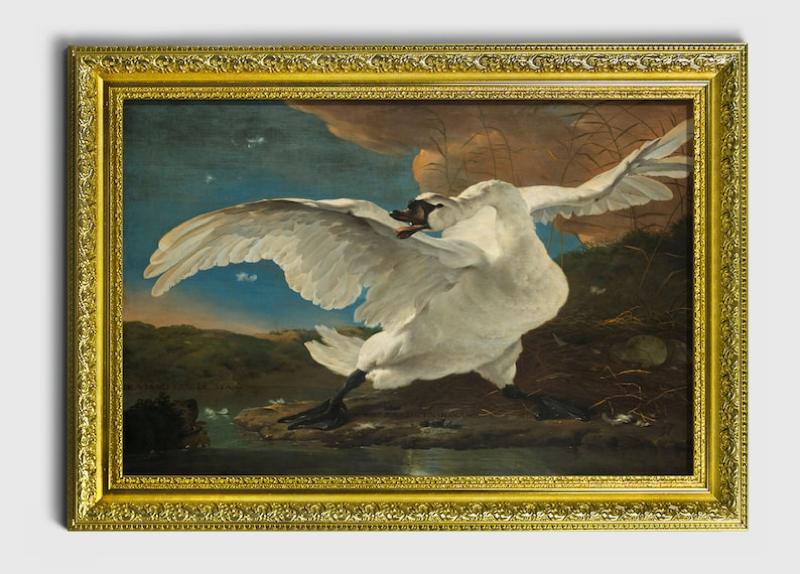





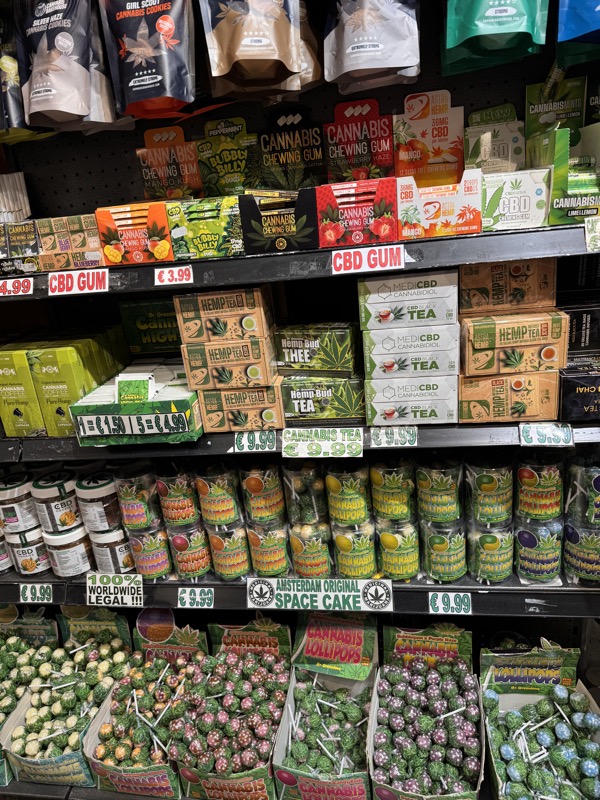
 The building itself is quite impressive with the most amazing open atrium…
The building itself is quite impressive with the most amazing open atrium… 
 At the moment the 6th floor houses a large exhibition show casing the works of Dale Chihuly – an American glass artist who is various lauded as either overrated (given a lot of his production is done in a workshop with a plethora of unnamed artists) or iconic, as he most definitely had a huge global impact on the glass arts over the last fifty years.
At the moment the 6th floor houses a large exhibition show casing the works of Dale Chihuly – an American glass artist who is various lauded as either overrated (given a lot of his production is done in a workshop with a plethora of unnamed artists) or iconic, as he most definitely had a huge global impact on the glass arts over the last fifty years.

 Toyama Reeds – 2015. This piece is 3m wide, by 4m deep and 5.3m high. These blue glass reeds are very impressive and give the impression of looking through a glass forest.
Toyama Reeds – 2015. This piece is 3m wide, by 4m deep and 5.3m high. These blue glass reeds are very impressive and give the impression of looking through a glass forest. Toyama Persian Ceiling – this installation work is most reminiscent of the ceilings in the Bellagio Hotel in Las Vegas and was created around the time when Chihuly’s primary interest was in sea forms and creating these large ridged / fluted plates.
Toyama Persian Ceiling – this installation work is most reminiscent of the ceilings in the Bellagio Hotel in Las Vegas and was created around the time when Chihuly’s primary interest was in sea forms and creating these large ridged / fluted plates. 
 Toyama Float Boat – 2015, glass 9m long, 60cm high and 65cm wide comprised of 117 boat ‘floats’. This is an amazing piece! Yes it is mostly large balls of glass, artfully arranged in brilliant colours, but it also looks like a boat full of planets, or marbles, or sweets, or Christmas baubles. It is colourful, playful and really visually attractive.
Toyama Float Boat – 2015, glass 9m long, 60cm high and 65cm wide comprised of 117 boat ‘floats’. This is an amazing piece! Yes it is mostly large balls of glass, artfully arranged in brilliant colours, but it also looks like a boat full of planets, or marbles, or sweets, or Christmas baubles. It is colourful, playful and really visually attractive. 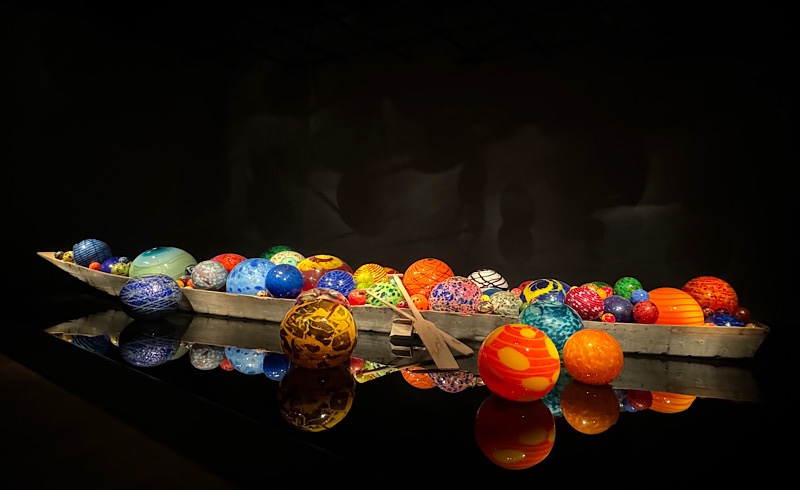
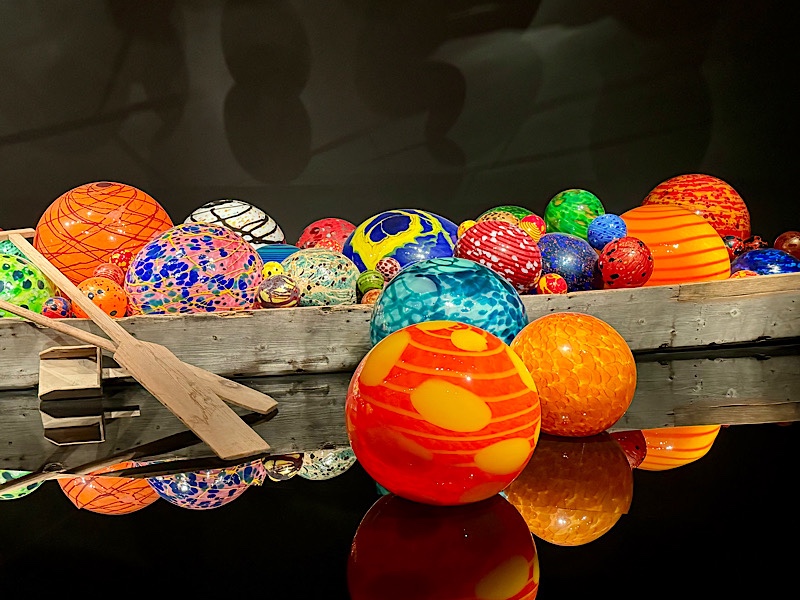


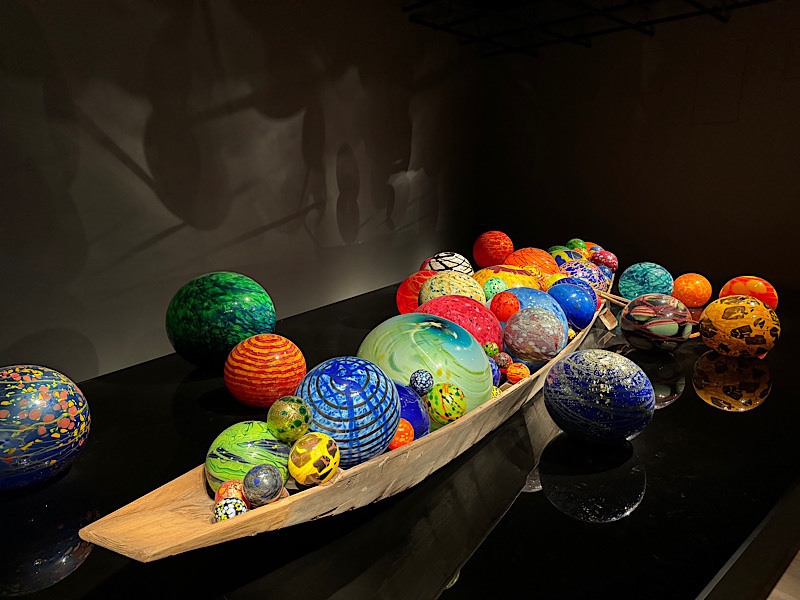 The next Chihuly in the exhibition is the Toyama Mille Fiori – also from 2015, it is an enormous 9m wide, 5.8m deep and 2.8m tall. The reeds, spirals spikes and balls in this ‘garden’ work together in the dark installation space to creat an alien-like garden that seems to change from every different angle it is viewed from.
The next Chihuly in the exhibition is the Toyama Mille Fiori – also from 2015, it is an enormous 9m wide, 5.8m deep and 2.8m tall. The reeds, spirals spikes and balls in this ‘garden’ work together in the dark installation space to creat an alien-like garden that seems to change from every different angle it is viewed from. 
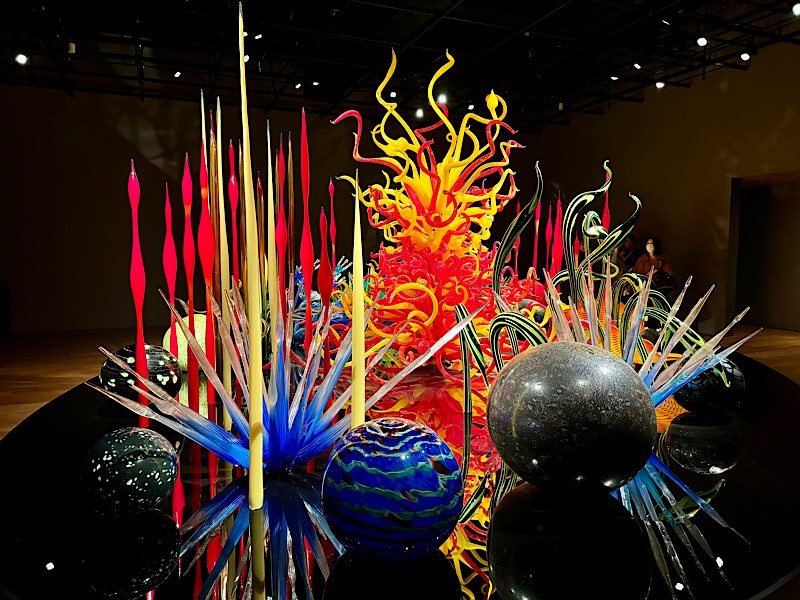
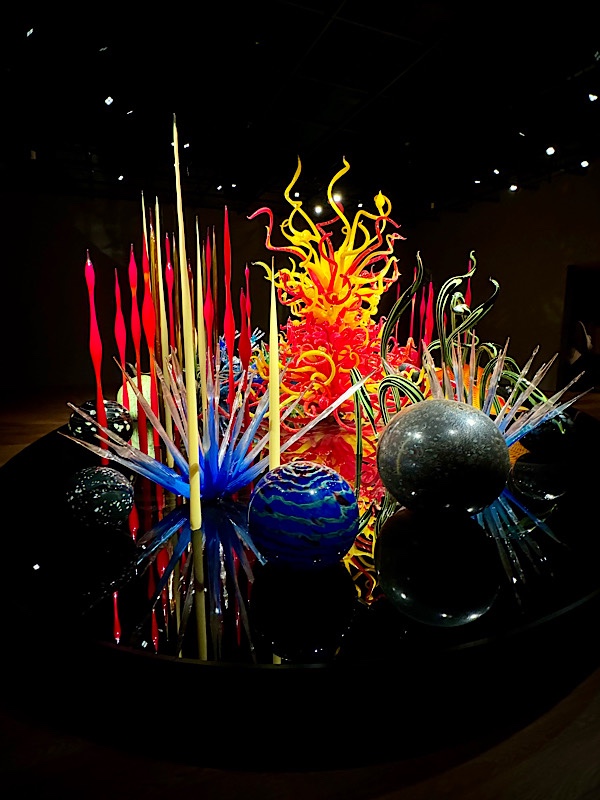 You can not deny that his work has Brough international prestige to the art sculpture and glass blowing communities – these works are visually arresting to behold.
You can not deny that his work has Brough international prestige to the art sculpture and glass blowing communities – these works are visually arresting to behold. 



 yes, I probably took far too many photos of this Mille Fiori garden – but it was so beautiful and so well curated, that I fell in love with it.
yes, I probably took far too many photos of this Mille Fiori garden – but it was so beautiful and so well curated, that I fell in love with it. 



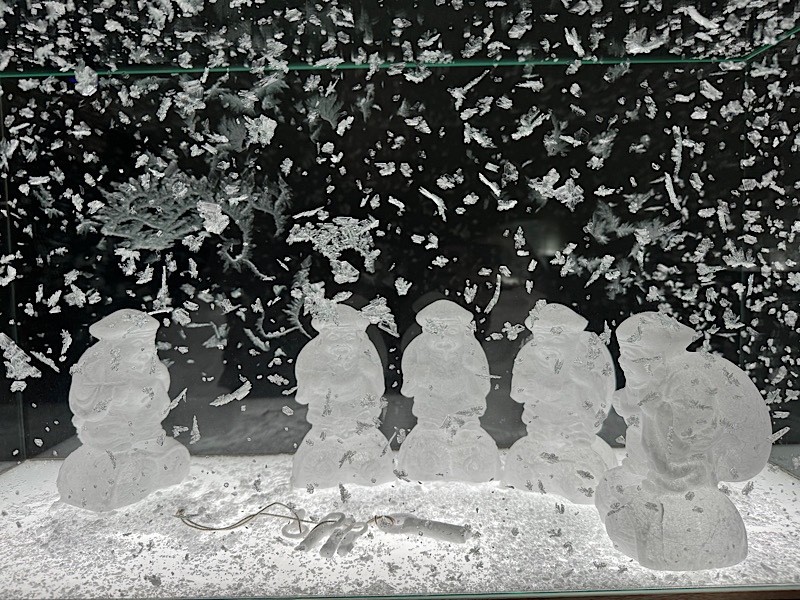

 These pieces contain a sliver of napthothene which deteriorates if exposed to oxygen – it is safety concealed in the glass and resin of the piece but would disintegrate quickly if exposed to the air… it is frozen in time, which is a central theme to the artist’s work.
These pieces contain a sliver of napthothene which deteriorates if exposed to oxygen – it is safety concealed in the glass and resin of the piece but would disintegrate quickly if exposed to the air… it is frozen in time, which is a central theme to the artist’s work. 









 Time of Migration by Fujii Yurkia, 2015
Time of Migration by Fujii Yurkia, 2015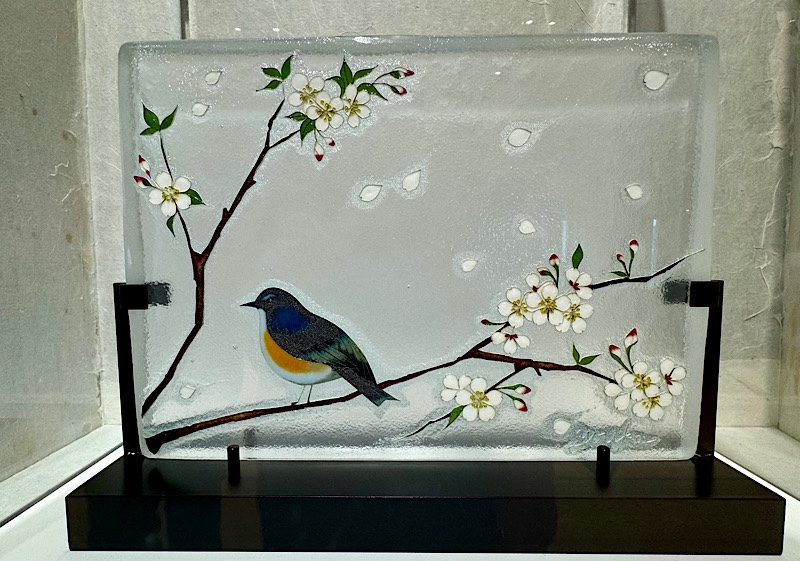







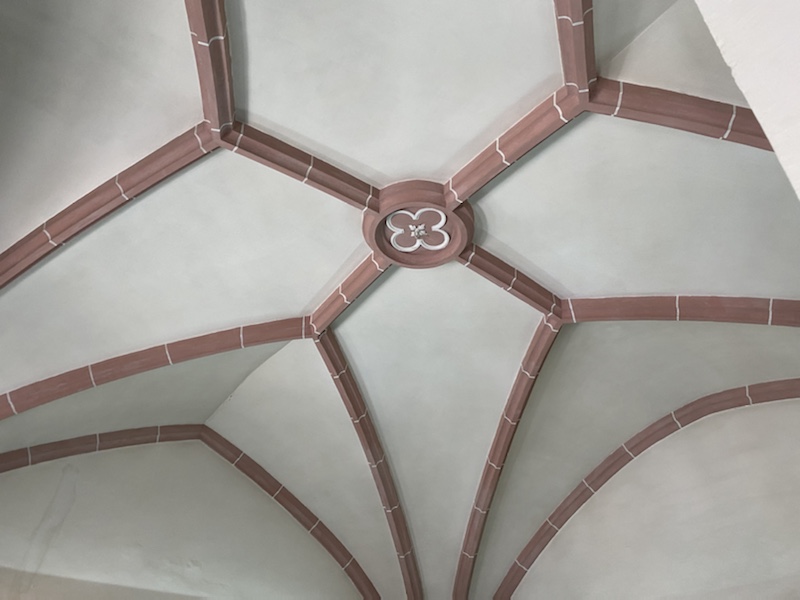
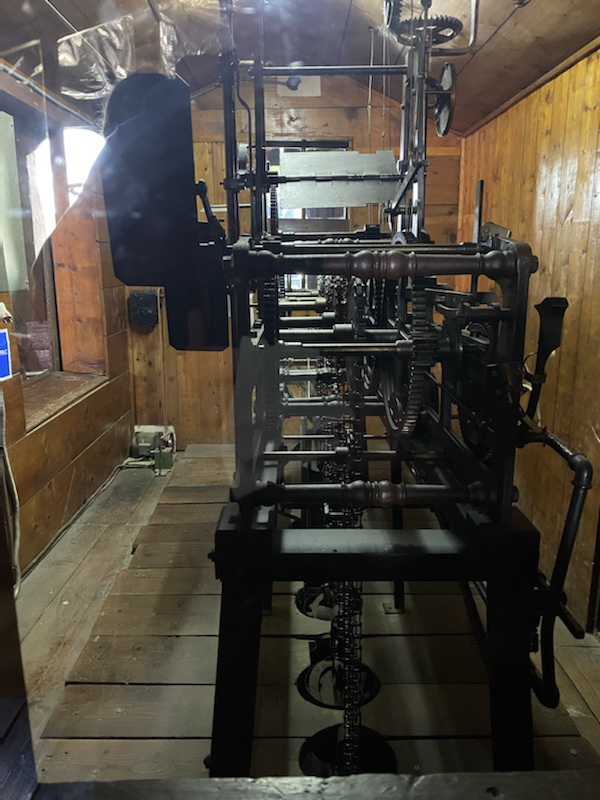


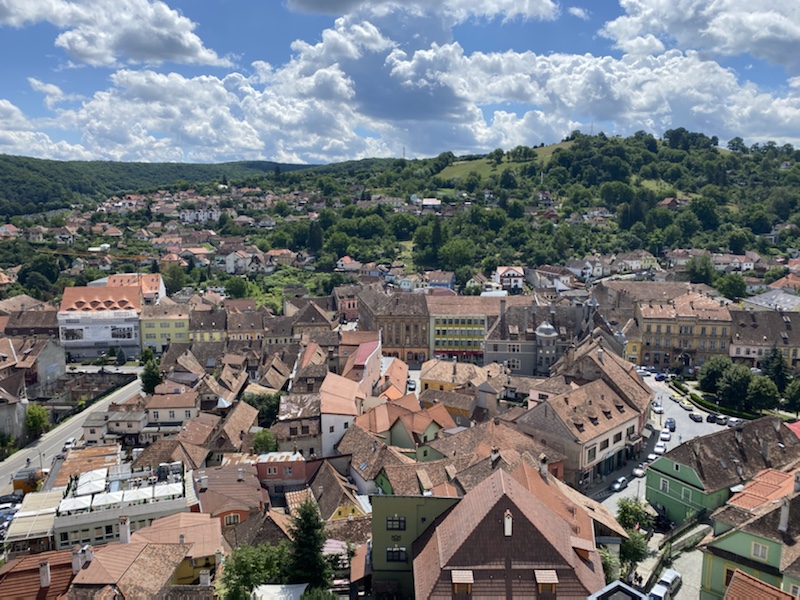












 That pink thing on the left is my Beretta baseball cap… I can’t imagine any soldier carrying this thing about.
That pink thing on the left is my Beretta baseball cap… I can’t imagine any soldier carrying this thing about.



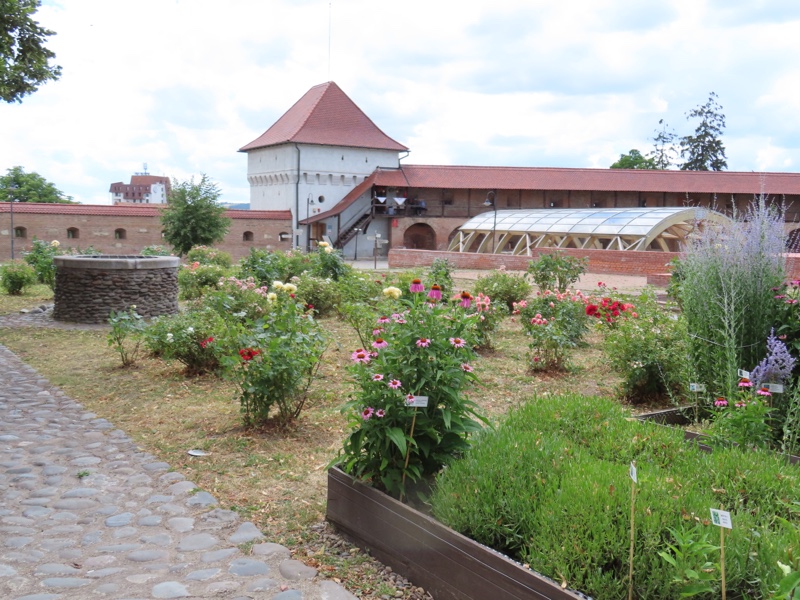

 They call this the Ascension Cathedral, but it’s actually a church as it is under the purview of priest not a bishop. Construction started on it in 1925, and the frescos and murals were started in 1934. The gold iconostasis was completed in 1939, and then it turns out their plans were a little ambitious for this little town and they had to halt work on the frescoes when they ran out of money. Work eventually resumed they were apparently completed in 1986. The result is that some of the frescoes look 100 years old and are quite dark from age and incense smoke etc, and some look as bright as if they were done in the last few years.
They call this the Ascension Cathedral, but it’s actually a church as it is under the purview of priest not a bishop. Construction started on it in 1925, and the frescos and murals were started in 1934. The gold iconostasis was completed in 1939, and then it turns out their plans were a little ambitious for this little town and they had to halt work on the frescoes when they ran out of money. Work eventually resumed they were apparently completed in 1986. The result is that some of the frescoes look 100 years old and are quite dark from age and incense smoke etc, and some look as bright as if they were done in the last few years.
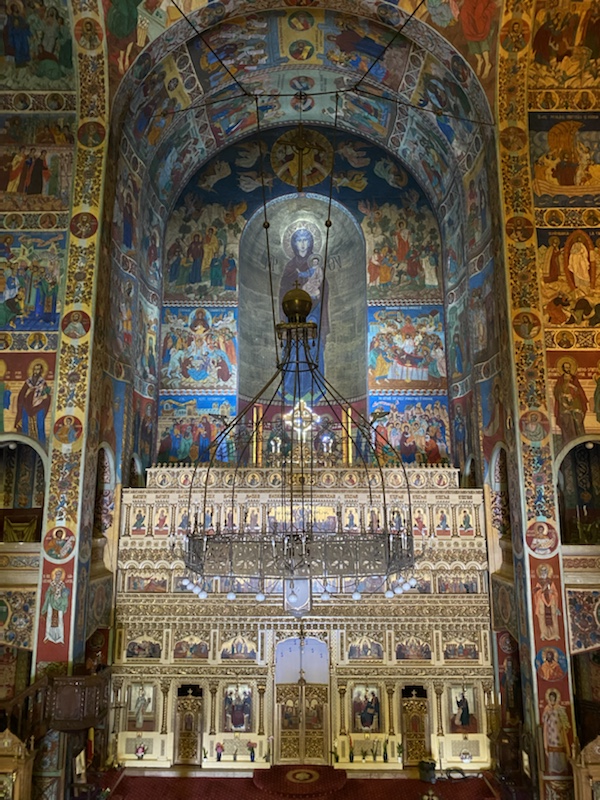





 This is the Mayor’s residence, right next door to the Mayoral offices, and it seems the mayor who built it in the early 1900s was heavily into Italian/Latin architecture styles – which ends up in a weird mishmash of an Italian villa with a Romanian looking roof and decoration… I have no idea why Romulus and Remus are prominently out front – it’s a mystery?!
This is the Mayor’s residence, right next door to the Mayoral offices, and it seems the mayor who built it in the early 1900s was heavily into Italian/Latin architecture styles – which ends up in a weird mishmash of an Italian villa with a Romanian looking roof and decoration… I have no idea why Romulus and Remus are prominently out front – it’s a mystery?!  And here we remained while we waited for The Annoying American on our tour to finally deign to meet up with the group. Yes, there’s three American’s on our tour, and two of them are delightful – thoughtful, engaging and considerate beautiful humans… and one horrifically entitled, self involved fucking clueless inconsiderate c&%t!!! This person had lost her sunglasses the night before – left them on a table at a Greek restaurant in Brasov, and had been whining all fucking day about not being able to get hold of them to find them for her, ‘My gawd, they’re like, $400 sunglasses, like they should at least be able to find them and like, send them to me in Bucharest.’ When she wasn’t complaining to us about her lost sunglasses, she was skiving away from group trying to find some ‘decent’ sunglasses to buy. So, we had been playing ‘Oh-FFS-Where’s-The-Annoying-American’ all day. Now we were all hurried up and getting ready to leave and she is nowhere to be found. Not answering messages on the WhatsApp group chat and eventually, she replies saying she’s buying sunnies and found ‘gold on special’ (WTF?) and will be there soon. So the ten of us stand around on the footpath outside the Mayor’s house cursing her and waiting for her to turn up.
And here we remained while we waited for The Annoying American on our tour to finally deign to meet up with the group. Yes, there’s three American’s on our tour, and two of them are delightful – thoughtful, engaging and considerate beautiful humans… and one horrifically entitled, self involved fucking clueless inconsiderate c&%t!!! This person had lost her sunglasses the night before – left them on a table at a Greek restaurant in Brasov, and had been whining all fucking day about not being able to get hold of them to find them for her, ‘My gawd, they’re like, $400 sunglasses, like they should at least be able to find them and like, send them to me in Bucharest.’ When she wasn’t complaining to us about her lost sunglasses, she was skiving away from group trying to find some ‘decent’ sunglasses to buy. So, we had been playing ‘Oh-FFS-Where’s-The-Annoying-American’ all day. Now we were all hurried up and getting ready to leave and she is nowhere to be found. Not answering messages on the WhatsApp group chat and eventually, she replies saying she’s buying sunnies and found ‘gold on special’ (WTF?) and will be there soon. So the ten of us stand around on the footpath outside the Mayor’s house cursing her and waiting for her to turn up. The square was full of locals out to enjoy the evening and the noise.
The square was full of locals out to enjoy the evening and the noise. The Matthias Corvinus sculpture – you know, the guide didn’t tell me who he was or why there was a statue to him and I didn’t bother supplementing that for a change by googling it myself (which is another recurring theme lately), so this is him, but fucked if I know what he did to be worthy of a huge sculpture in the town square.
The Matthias Corvinus sculpture – you know, the guide didn’t tell me who he was or why there was a statue to him and I didn’t bother supplementing that for a change by googling it myself (which is another recurring theme lately), so this is him, but fucked if I know what he did to be worthy of a huge sculpture in the town square. Ok, I lied
Ok, I lied







